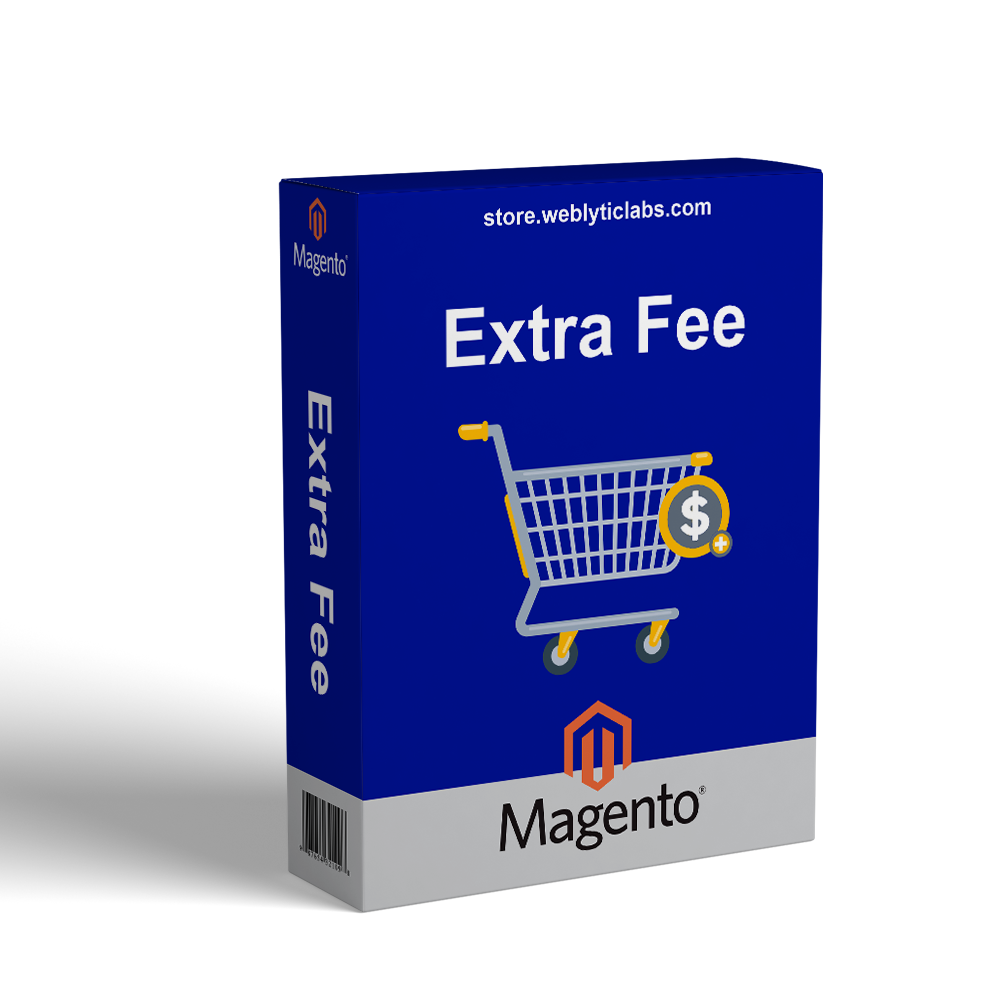copie de copie de copie de copie de copie de copie de copie de copie de copie de copie de copie de copie de copie de copie de co
Enhance your customer experience by setting limits on bulk orders for specific products. Implement checkout restrictions based on user roles, products, categories, currency, language, country, and zone within the shopping cart using Order Restrictions. This feature allows you to tailor the purchasing process to meet the unique needs of your business and customers.
 Return policy
Return policy
(edit with the Customer Reassurance module)
Description
Wholesale Purchasing Guidelines
When catering to B2B wholesale users, it is essential to establish limits on product purchases to ensure fair and efficient transactions. By setting specific quantities and amounts for purchases, you can streamline the buying process and maintain control over discounts offered to B2B user roles. For instance, implementing minimum product requirements for checkout or establishing cart quantity thresholds can help regulate wholesale transactions effectively.
Managing Limited Edition and Stock Items
To maintain exclusivity and prevent over-purchasing, it is advisable to set limits on the number of limited edition and stock items that customers can buy. By restricting the quantity of these products, you can create a sense of urgency and ensure that all customers have an equal opportunity to purchase trending and best-selling items from your store. Additionally, limiting the purchase quantities of these items can help prevent bulk buying for resale purposes.
Regulating Custom and VIP Items
For custom-made goods or VIP items with limited monthly or weekly stock, it is crucial to control the number of items a customer can purchase within a specific timeframe. By setting purchase limits on these items, you can maintain fairness and prevent customers from monopolizing limited inventory. Once a customer reaches the designated threshold, the system will restrict further purchases until the next weekly or monthly period.
Implementing Category-Specific Purchase Limits
In scenarios where products are sold in multiples, such as wine bottles, it is beneficial to establish purchasing limits based on category. By setting limits in multiples of six, twelve, eighteen, or other specified quantities, you can encourage customers to make bulk purchases while ensuring that inventory is distributed equitably. This approach not only simplifies the buying process but also helps manage stock levels effectively.































